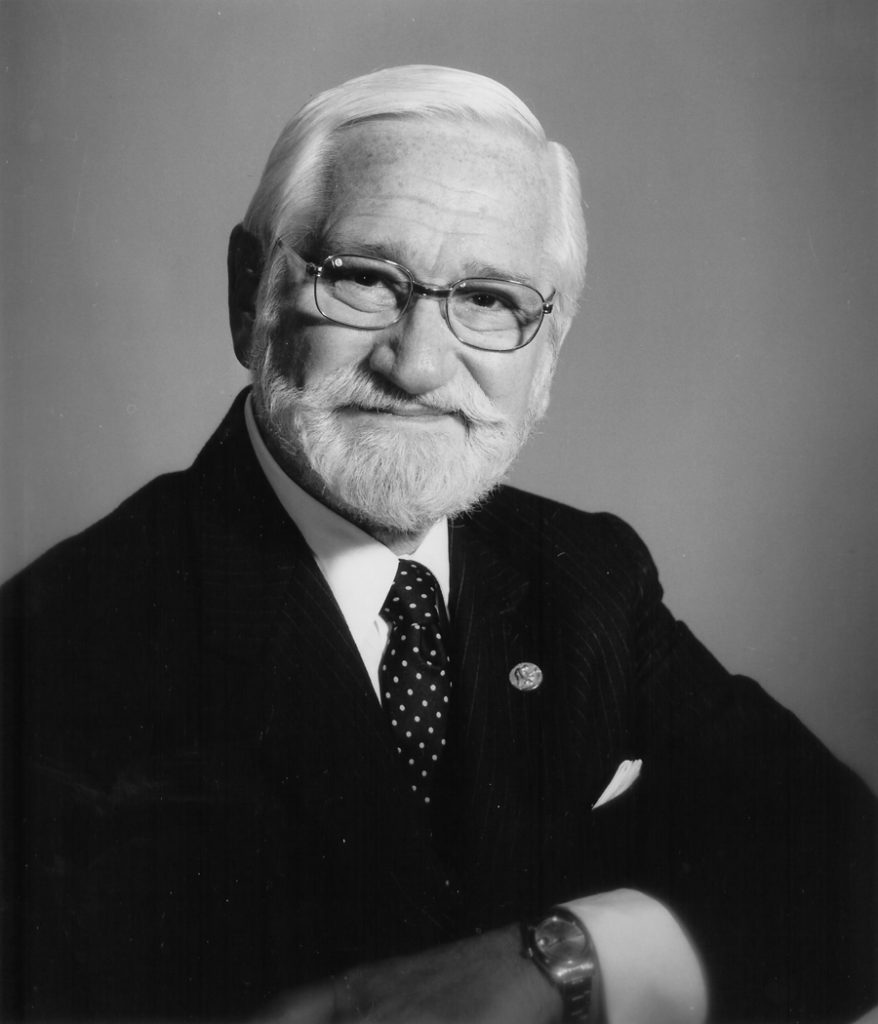Scientist, activist, World War II hero, polio eradicator.
“It is high time that we examine the career and personality of this remarkable man—Albert B. Sabin…. The reader must already have an impression of him as an able, tireless, and articulate medical scientist, who did not stand on ceremony and seldom dealt delicately with situations which from his point of view required direct, immediate, and strong action. Albert Sabin could be more than generous on occasions, and equally egotistical and possessive on others….Often he was misjudged by an audience whose members did not appreciate that perhaps he was much more familiar with the background or the actual facts of the case than they were. Naturally, they regarded him as an obstinate fellow. Yet, in my estimation, no man has ever contributed so much effective information—and so continuously over so many years—to so many aspects of poliomyelitis, as Sabin. He possessed not only an uncanny sense for nosing out the fallacies contained in old ideas, but also an ability to correct his own mistakes. His was a fierce joy when he turned up a new observation and put it to his own good use.”
John R. Paul, A History of Poliomyelitis


“Sabin relentlessly pursued his interest in vaccines. He immunized children against measles by aerosol application, and wrote about the varicella-zoster vaccine. He was also concerned about influenza epidemics and studied the virus involved. He continued writing numerous papers about the oral polio vaccine, with particular emphasis on vaccination problems in Third World tropical countries, and in 1984 he published a description for ‘Strategies of elimination of poliomyelitis virus in different parts of the world with the use of oral polio virus vaccine.’ The last case of paralytic polio in the Western Hemisphere was reported earlier this year, from Peru from 1992, a testament to his work.”
Koprowski, H. OBITUARY: Albert B. Sabin (1906–1993). Nature 362, 499 (1993). https://doi.org/10.1038/362499a0
